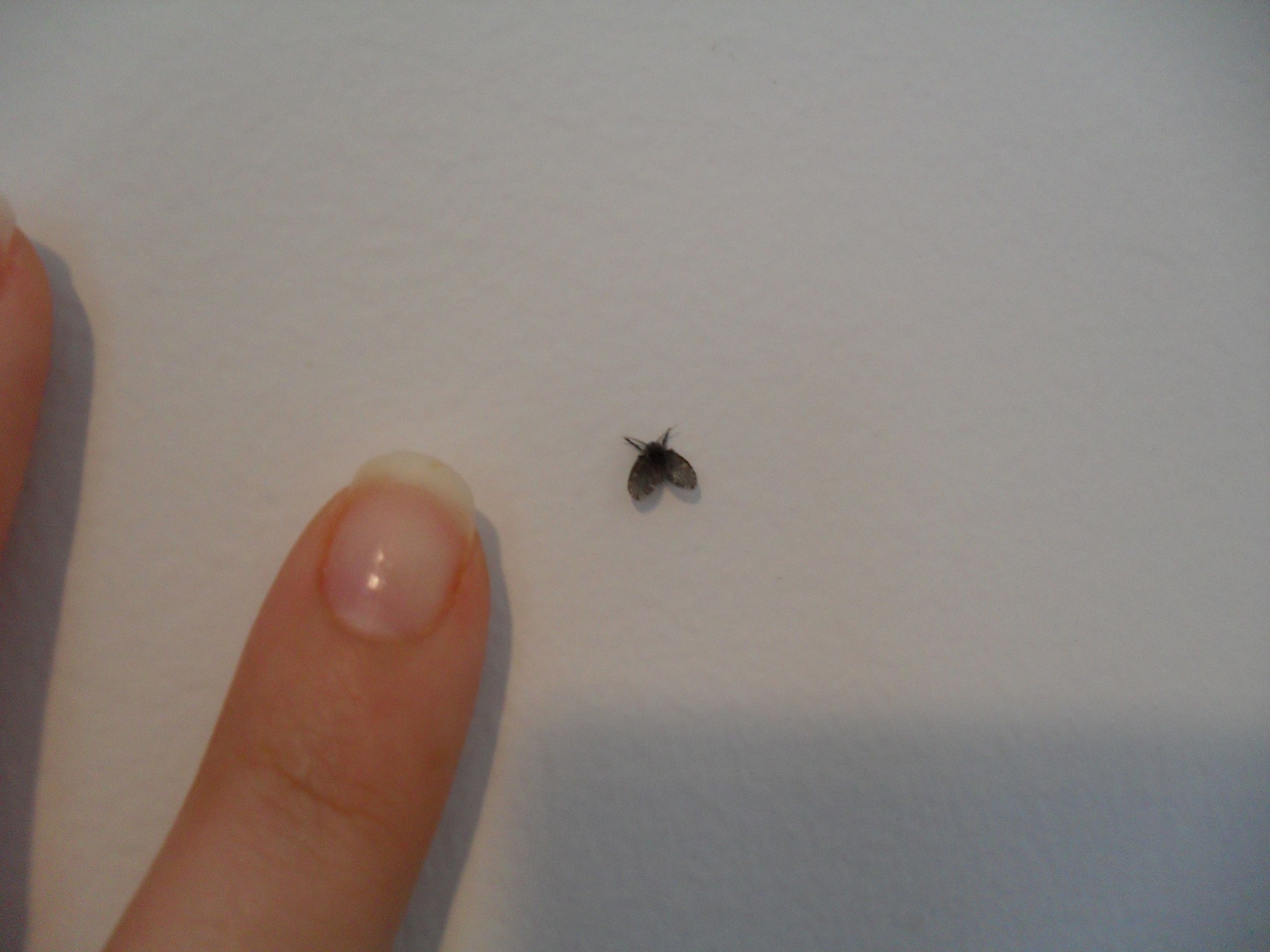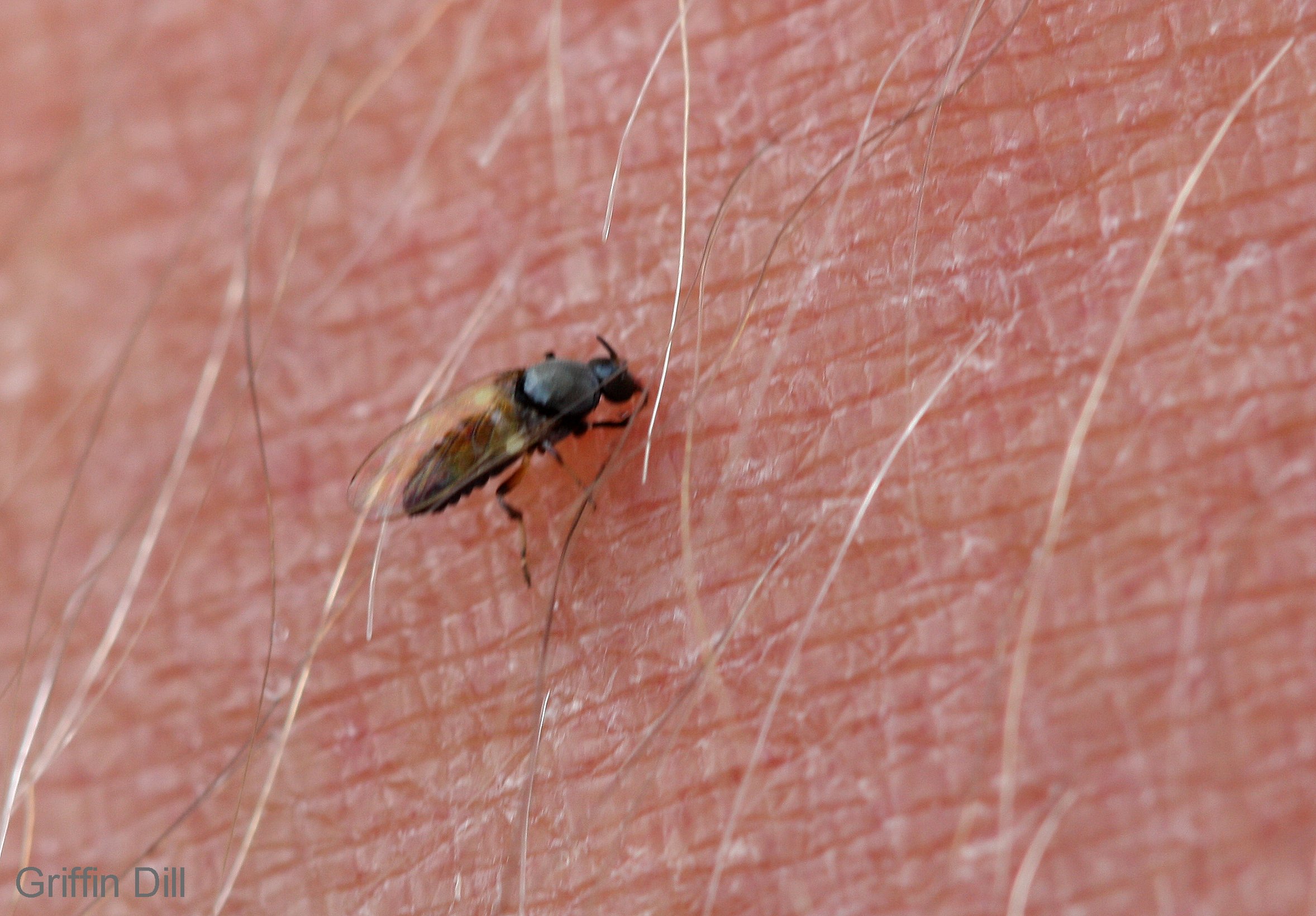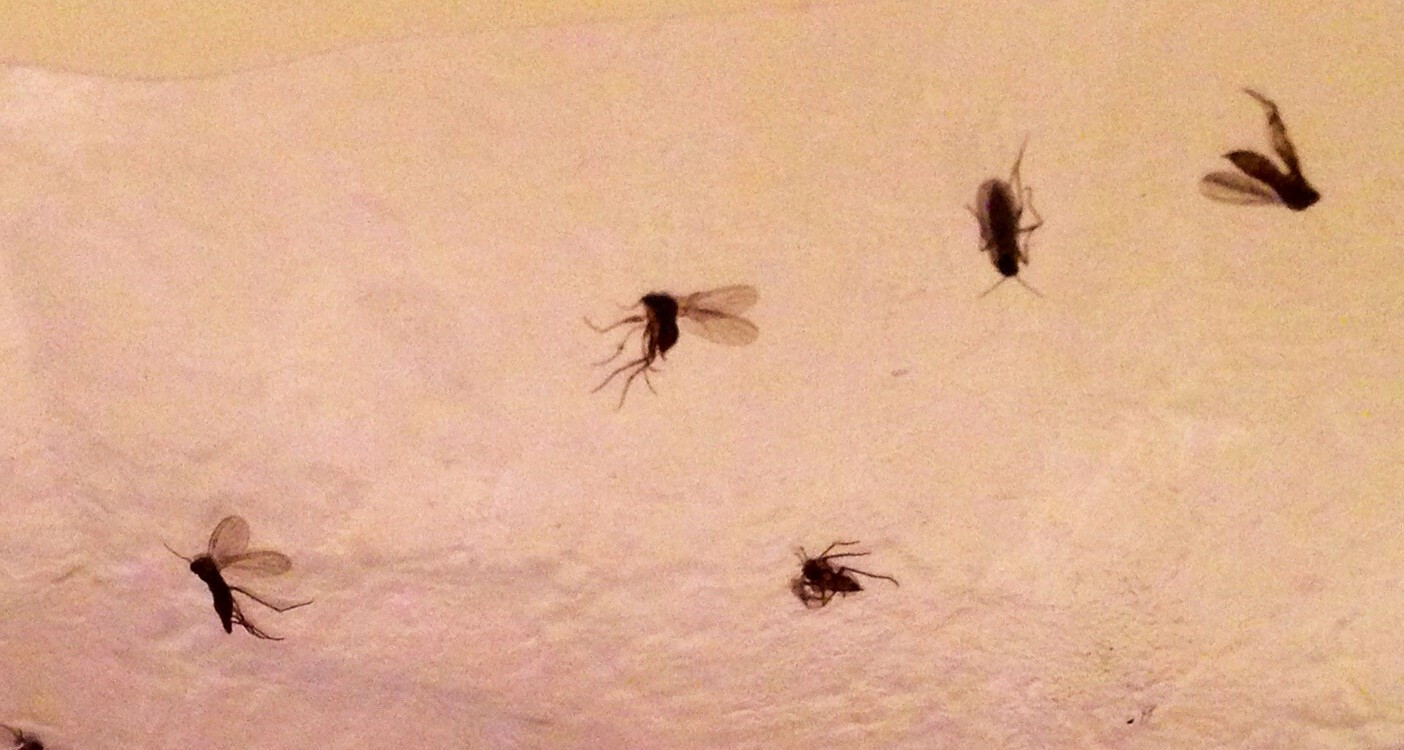Identifying the Flies

Those tiny black flies buzzing around your bathroom might seem like a nuisance, but they could be a sign of a bigger problem. Identifying the type of fly can help you determine the source of the infestation and find the best way to get rid of them.
Identifying the Flies
The size and color of the flies can be helpful in narrowing down the possibilities. Drain flies, also known as moth flies, are small, about 1/8 inch long, with fuzzy, gray-brown bodies and long, feathery antennae. Fruit flies are slightly larger, about 1/4 inch long, with reddish-brown bodies and clear wings. Fungus gnats are even smaller, about 1/16 inch long, with slender, dark gray bodies and long legs.
The behavior of the flies can also provide clues. Drain flies tend to congregate around drains and wet areas, while fruit flies are attracted to ripe fruit and sugary substances. Fungus gnats are commonly found in soil and potting mix, especially in damp environments.
Life Cycle and Breeding Grounds
- Drain Flies: These flies breed in the slime and organic matter that accumulate in drains. They lay their eggs in moist areas, and the larvae develop in the slime.
- Fruit Flies: These flies are attracted to fermenting fruit and other sugary substances. They lay their eggs in rotting fruit and other decaying organic matter. The larvae develop in the decaying material and emerge as adults.
- Fungus Gnats: These flies are attracted to moist soil and decaying organic matter. They lay their eggs in damp soil, and the larvae develop in the soil, feeding on fungi and decaying plant matter.
Troubleshooting the Source: Little Tiny Black Flies In My Bathroom

Your bathroom is a haven of hygiene, a sanctuary of cleanliness, yet it has become a breeding ground for tiny black flies. To understand why these pesky insects have chosen your bathroom as their home, we must delve into the secrets of their survival.
Little tiny black flies in my bathroom – Like any living creature, these flies need food, water, and a safe place to reproduce. To eradicate them, we must identify the sources of their sustenance and eliminate them.
Bathroom Environment
The bathroom environment plays a crucial role in attracting and sustaining a fly population. Humidity, ventilation, cleanliness, and even recent changes can create the perfect conditions for flies to thrive.
- Humidity: High humidity levels, often found in bathrooms due to showers and baths, create a moist environment that flies love. This is especially true if the bathroom lacks adequate ventilation.
- Ventilation: Poor ventilation can trap moisture and create a breeding ground for flies. It also prevents the air from circulating, which helps to dry out the bathroom and make it less attractive to flies.
- Cleanliness: A clean bathroom is less likely to attract flies. Dirty surfaces, spills, and food crumbs can provide a food source for flies and encourage them to lay eggs.
- Recent Changes: Any recent changes to your bathroom, such as a new plumbing fixture, a leaky faucet, or a change in cleaning habits, could be attracting flies.
Potential Breeding Grounds
Flies are resourceful creatures, and they can find breeding grounds in the most unexpected places. It is important to inspect your bathroom for potential breeding grounds, including:
- Drains: Bathroom drains are a common breeding ground for flies, especially if they are clogged or have standing water. Flies are attracted to the moisture and organic matter that accumulate in drains.
- Garbage Disposals: Garbage disposals are another potential breeding ground for flies, especially if they are not cleaned regularly. Food particles and grease can accumulate in the disposal, providing a food source for flies.
- Leaky Pipes: Leaky pipes can create standing water, which can attract flies and provide them with a place to lay eggs.
- Standing Water: Any standing water in your bathroom, such as in a sink or bathtub, can attract flies.
Sources of Food and Moisture, Little tiny black flies in my bathroom
Flies are attracted to food and moisture. In a bathroom, these sources can include:
- Food Crumbs: Even a few stray food crumbs can attract flies. Ensure your bathroom is kept clean and free of food debris.
- Toothpaste: The sweet, sugary residue left behind by toothpaste can be a tasty treat for flies.
- Soap: Some soaps contain ingredients that can attract flies.
- Toilet Water: The water in your toilet bowl can attract flies, especially if it is not flushed regularly.
Elimination and Prevention

Now that you’ve identified the source of your tiny black fly infestation, it’s time to take action and eliminate them. This involves a multi-pronged approach that combines thorough cleaning, targeted traps, and, in some cases, insecticide use.
Eliminating the Flies
The first step in eliminating the flies is to address their breeding grounds. This often involves a deep clean of your bathroom, focusing on areas where moisture and organic matter can accumulate. Here’s a step-by-step guide:
- Clean and Disinfect Surfaces: Thoroughly clean all surfaces in your bathroom, including the sink, bathtub, shower, toilet, and floors. Pay particular attention to crevices and corners where dirt and grime can collect. Use a disinfectant cleaner that is effective against bacteria and mold, which can attract flies.
- Clean Drain: Clean your bathroom drain using a drain cleaner or a mixture of baking soda and vinegar. This will remove any organic matter that could be attracting flies. You can also pour boiling water down the drain to kill any remaining larvae.
- Remove Standing Water: Ensure there is no standing water in your bathroom, such as in a leaky faucet or a clogged drain. Standing water provides a breeding ground for flies.
- Empty Trash Regularly: Regularly empty your bathroom trash can to prevent the buildup of food scraps and other organic matter that can attract flies.
- Use Fly Traps: Fly traps can be an effective way to eliminate flies. There are several types of fly traps available, including sticky traps, electric traps, and fruit fly traps. Sticky traps are particularly effective for catching small flies. Place the traps in areas where you see the flies congregating.
- Use Insecticide: If you have a severe infestation, you may need to use an insecticide. Choose a product that is specifically designed for flies and follow the instructions carefully. Be sure to use the insecticide in a well-ventilated area and avoid contact with skin and eyes.
Preventing Future Infestations
Once you’ve eliminated the current infestation, it’s crucial to implement preventative measures to avoid future problems. Here are some tips:
- Maintain Good Hygiene: Keep your bathroom clean and dry. This includes wiping down surfaces after each use, cleaning spills promptly, and ensuring adequate ventilation.
- Seal Cracks and Crevices: Inspect your bathroom for any cracks or crevices in the walls, floors, or around windows and doors. These can provide entry points for flies. Seal any cracks or crevices with caulk or silicone sealant.
- Use Screens on Windows and Doors: Ensure that all windows and doors in your bathroom have screens that are in good condition. This will help to prevent flies from entering your home.
- Store Food Properly: Keep all food in sealed containers, especially in areas where flies may be present. This will prevent flies from being attracted to food sources.
- Clean Up Spills Immediately: If you spill food or drinks, clean them up immediately. This will prevent flies from being attracted to the spilled food.
Importance of Sealing Cracks and Crevices
Sealing cracks and crevices is a critical step in preventing fly infestations. Flies are small and can easily squeeze through tiny openings. By sealing these entry points, you can significantly reduce the chances of flies entering your home.
“The best defense against flies is a good offense. By sealing cracks and crevices, you are taking away their ability to enter your home and breed.”
